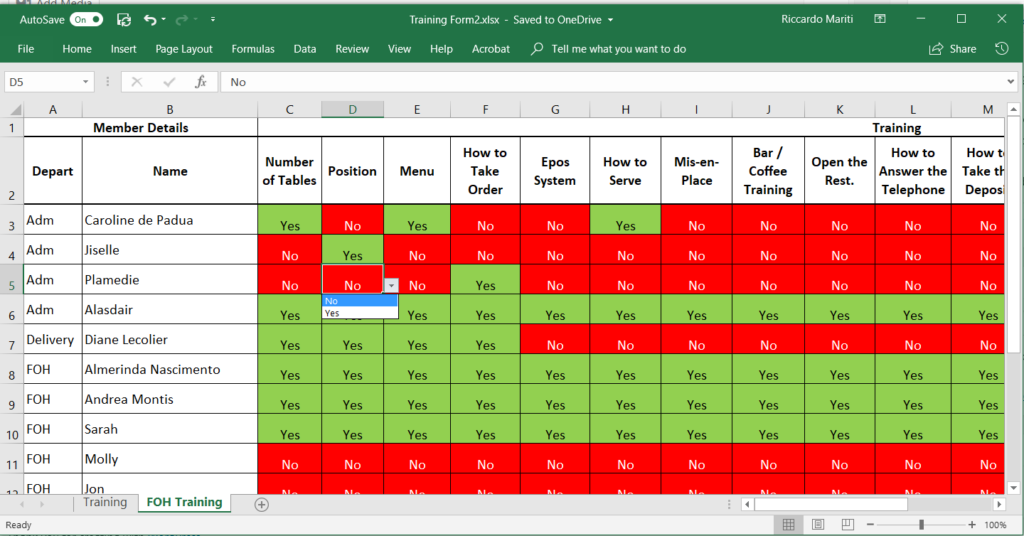First, we let everyone know that we are about to hold the meeting.
Second, we play this video
This is the world record Formula One pitstop, which is four wheels changed and a refuel, all done in UNDER TWO SECONDS!
While it’s playing, I ask, “How can we become more like this?”, “Where is the manager here?”, “Do you see anyone telling someone what to do?”, “Do you think they just turned up today and figured this out? Or do you think they might have practised?”
We have a discussion for a couple of minutes and see if we can come up with a small improvement that we can try during the next shift today as a little experiment.
At the end of the shift we have a very quick retrospective and if the improvements worked we find a way to share it with the rest of the Team.
This is normally done in one of two ways, either a quick note on the group WhatsApp page, or one team member will be instructed to write it up and make sure that each team member is informed/trained/educated. (For this we use our accountability document. Here’s our latest version. Everything starts in red, and as a drop-down which turns the field green when somebody has had the information/training/education.)

We then go through the daily checklist as usual.
Please let me know if you have any questions.